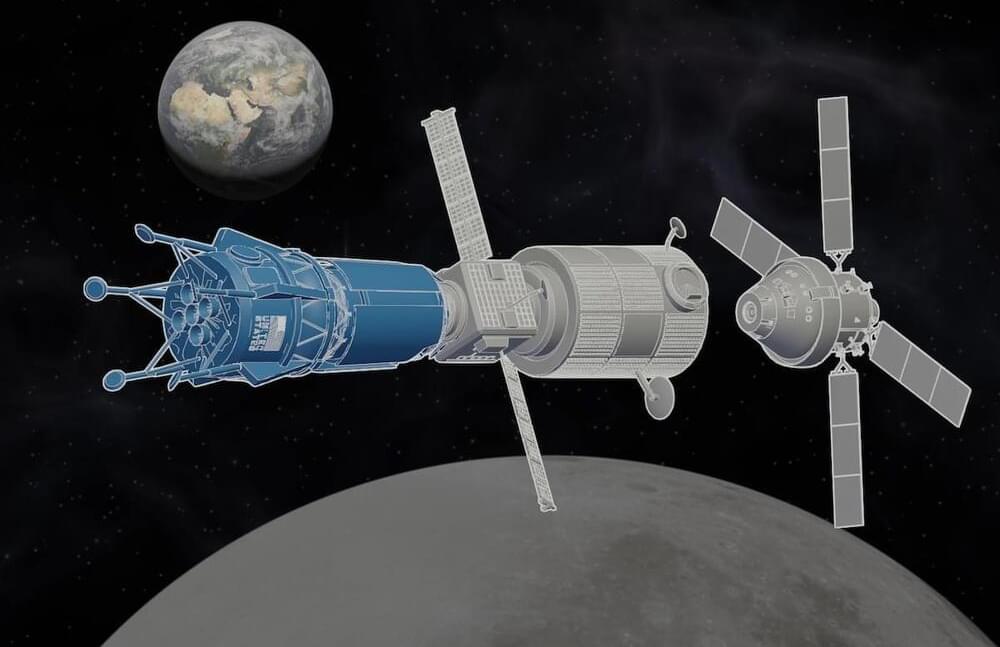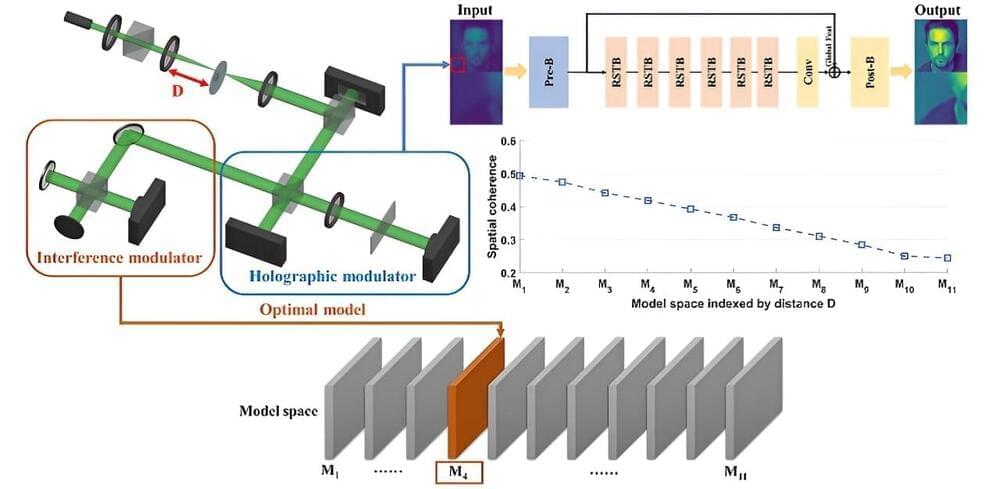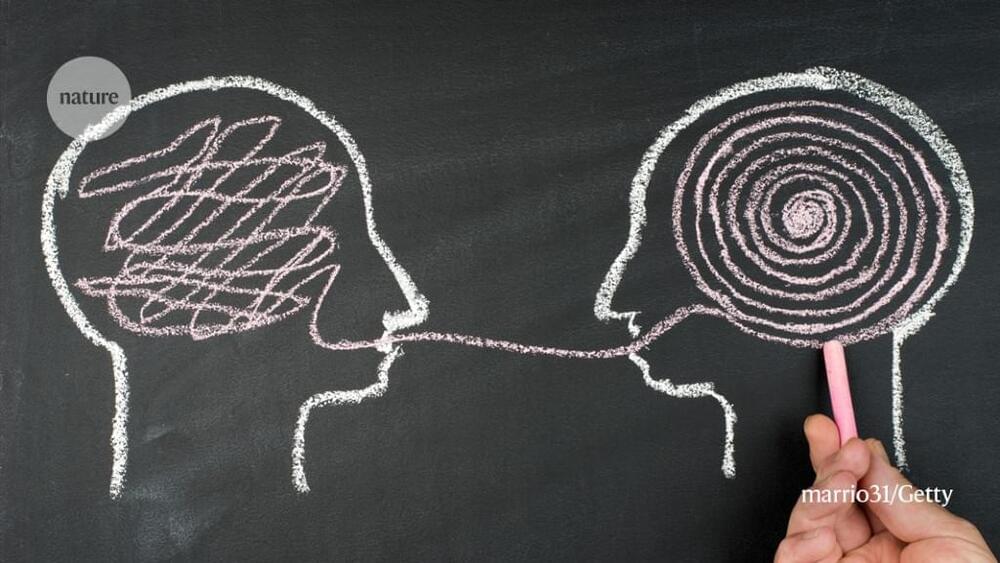Instead of flying directly to the moon, NASA and Blue Origin plan for the spacecraft to be refueled in transit — an innovation that could transform the way humans explore the cosmos.



Whenever measurement precision nears the uncertainty limit set by quantum mechanics, the results become dependent on the interaction dynamics between the measuring device and the system. This finding may explain why quantum experiments often produce conflicting results and may contradict basic assumptions regarding physical reality.
Two quantum physicists from Hiroshima University recently analyzed the dynamics of a measurement interaction, where the value of a physical property is identified with a quantitative change in the meter state. This is a difficult problem, because quantum theory does not identify the value of a physical property unless the system is in a so-called “eigenstate” of that physical property, a very small set of special quantum states for which the physical property has a fixed value.
The researchers solved this fundamental problem by combining information about the past of the system with information about its future in a description of the dynamics of the system during the measurement interaction, demonstrating that the observable values of a physical system depend on the dynamics of the measurement interaction by which they are observed.

Holographic imaging has always been challenged by unpredictable distortions in dynamic environments. Traditional deep learning methods often struggle to adapt to diverse scenes due to their reliance on specific data conditions.
To tackle this problem, researchers at Zhejiang University delved into the intersection of optics and deep learning, uncovering the key role of physical priors in ensuring the alignment of data and pre-trained models.
They explored the impact of spatial coherence and turbulence on holographic imaging and proposed an innovative method, TWC-Swin, to restore high-quality holographic images in the presence of these disturbances. Their research, titled “Harnessing the magic of light: spatial coherence instructed swin transformer for universal holographic imaging,” is reported in the journal Advanced Photonics.

USA: Medical researchers at the University of Minnesota have developed an experimental method for treating hard-to-treat blood cancers using natural killer cells pre-treated with nicotinamide, a compound commonly known as vitamin B3. These natural killer cells are part of the body’s immune system and have the unique ability to target and destroy malignant cells.
A recent study, published in Science Translational Medicine by Frank Cichocki and colleagues, highlights the potential of this approach in treating relapsed or refractory leukemias and lymphomas, where traditional treatments have often failed. The study involved boosting the effectiveness of natural killer cells through pre-treatment with nicotinamide and interleukin-15 (IL-15).

“High-risk mothers in many parts of rural India are usually identified in the third trimester, which is around the eighth month of pregnancy. However, by this time, it’s often too late to manage complications before labour. This can lead to fatal outcomes,” says Senthil Kumar Murugesan.
An electronics and communications engineer by profession, Senthil is trying to bridge this gap with JioVio Healthcare, an IoT-based maternal healthcare startup that provides early-risk monitoring services at home.
He first encountered the pregnancy healthcare gap when his sister was pregnant in 2016. She is a career-driven woman and would miss her antenatal appointments due to the lack of time. Also, the… More.
Madurai’s Senthil Kumar started JioVio Healthcare, which provides early risk monitoring for pregnant women in rural India. So far, he has catered to 30 lakh women in Kerala, Maharashtra, Karnataka, and Tamil Nadu.
https://youtu.be/NCZc-zPsciU?si=E3cQDFZo4RbPahW1
How I dub all my channels into 28 Languages with AI:
clonedub.com.
For copyright matters, please contact: [email protected].
Welcome to Topdiscovery! Here, you’ll find all the most interesting and mind-blowing discoveries we’ve come across. Our videos are packed with fun and engaging content that will leave you saying, “Wow, I didn’t know that!” From the strange and bizarre to the latest scientific breakthroughs, we’ve got it all. So why not join us on this wild ride of discovery and see for yourself just how fascinating the world can be? Subscribe now and let the fun begin!
Disclaimer:
The content presented in our videos is intended solely for entertainment purposes. While we may draw upon facts, rumors, and fiction, viewers should not interpret any part of the content as factual or definitive information. Please enjoy responsibly.


VentureBeat presents: AI Unleashed — An exclusive executive event for enterprise data leaders. Network and learn with industry peers. Learn More
A group of artificial intelligence researchers from the University of Science and Technology of China (USTC) and Tencent YouTu Lab have developed an innovative framework, coined as “Woodpecker”, designed to correct hallucinations in multimodal large language models (MLLMs).
The research paper outlining this groundbreaking approach was published on the pre-print server arXiv, under the title Woodpecker: Hallucination Correction for Multimodal Large Language Models.

Intricate details within the human brain, faint signals in outer space, say cheese!
Researchers at the National Institute of Standards and Technology (NIST) and their collaborators revealed the creation of a superconducting camera in a statement.
Boasting an impressive 400,000 pixels, this innovative leap represents a four-hundred-fold increase in pixel count compared to any other device of its kind, revolutionizing the way scientists can capture faint light signals from the far reaches of space or explore intricate details within the human brain.

Summary: Researchers have created a groundbreaking non-contact technology to simulate cold sensations in virtual reality, maintaining consistent skin temperatures.
By combining cold airflow and light, they induce cold sensations without actual temperature shifts. This breakthrough provides a novel approach to simulating persistent thermal experiences in VR environments, enhancing the user’s immersion.
The technology holds the promise of revolutionizing VR experiences by providing instantaneous and sustained thermal sensations.